7 Permanent Hair Straightening Side Effects & 5 Ways to Treat Them
What to Know about Permanent Hair Straightening Side Effects.
In this article we will discuss –
- What do I need to Know about Permanent Hair Straightening Side Effects?
- How Many Side Effects Can there Be?
- Evidence Behind Chemical Hair Straightening and Cancer?
- Toxic Ingredients to Avoid
- How to Avoid the Side Effects of Hair Straightening
- Can Hair Straightening Damage your Hair?
- How to Treat Damage from Permanent Hair Straightening
- FAQs for Permanent Hair Straightening Side Effects
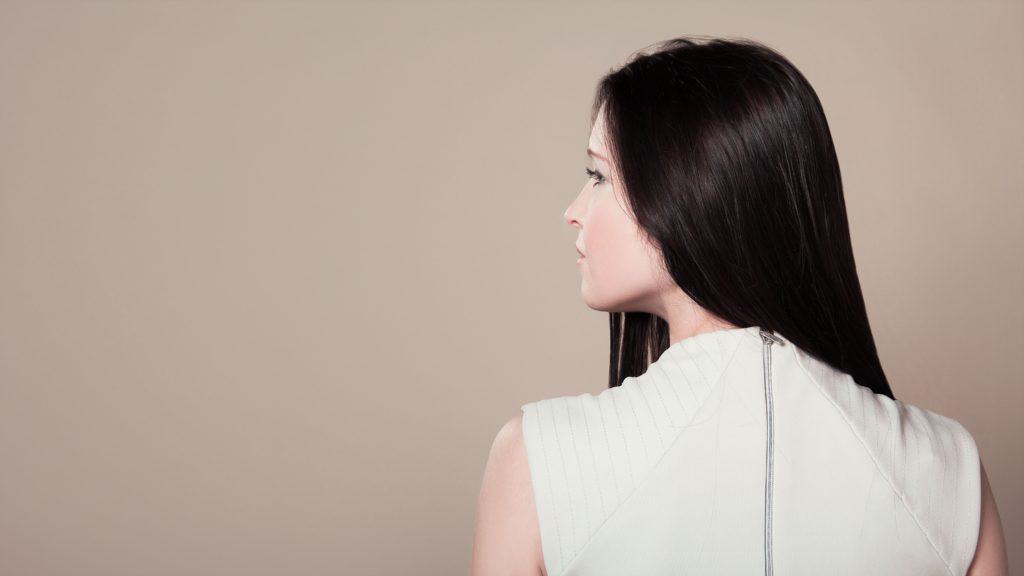
What Do I Need to Know About Permanent Hair Straightening Side Effects?
What is Permanent Hair Straightening?
Permanent hair straightening, also known as hair relaxing, is a popular method of permanently straightening the hair.
It is a process that involves the application of chemicals, such as lye or ammonium thioglycolate, that break down the bonds in the hair in order to make it straight.
While it produces smoother, straighter hair for many, there are also potential side effects to consider before selecting this option.
How Many Side Effects Can There Be?
It is important to understand the potential permanent hair straightening side effects prior to undergoing this procedure, whether the treatment is going to be done at home, or on a client.
As a stylist you must inform clients of the potential long-term effects of permanent hair straightening and advise them to seek medical advice if there are any concerns.
- Scalp Irritation
The most common permanent hair straightening side effect is scalp irritation. This is caused by the chemical being applied to the scalp, which can cause burning, itching and redness.
- Dry, Flaky Skin
If the chemical comes in contact with the scalp, it can damage the protective layers of the scalp, which can lead to flaky, irritated skin.
- Chemical Burns
Long-term contact with the chemicals used in permanent hair straightening can cause permanent damage to the scalp such as chemical burns.
- Hair Loss
Another side effect of permanent hair straightening is hair loss. This can occur due to the stress of the procedure itself, as well as possible scalp irritation due to the chemicals used.
It is important for clients to discuss their medical history and any existing hair loss conditions with their professional hairstylist or physician prior to undergoing the procedure.
- Hair Dryness
Permanent hair straightening has been linked to increased hair dryness.
The chemicals used in the procedure can cause the hair to become dry, brittle, and break easily. This can lead to split ends, which can make hair more difficult to manage and style. It is important for clients to discuss the necessity of using appropriate hair care products with their professional hairstylist or trichologist prior to undergoing the procedure.
- Breakage
Damage resulting in breakage is another potential side effect of permanent hair straightening.
- Thinning & Frizziness
The chemicals can cause permanent damage to the hair strands, as a result of breakage, thinning, and frizziness.
Additionally, the hair can become more susceptible to styling damage, as the tools used to style hair can cause more damage to already weakened hair strands.
18 Quick Tips to Help Get Rid of Frizzy Hair Overnight
Evidence Behind Chemical Hair Straightening and Cancer?
Hair straightening treatments, specifically formalin-based products, are thought to be a potential cause of cancer.
However, there is conflicting evidence regarding the link between chemical hair straightening and cancer.
As such, questions remain as to whether or not chemical hair straightening actually causes cancer.
Here, we’ll discuss the evidence behind the theory that chemical hair straightening can cause cancer.
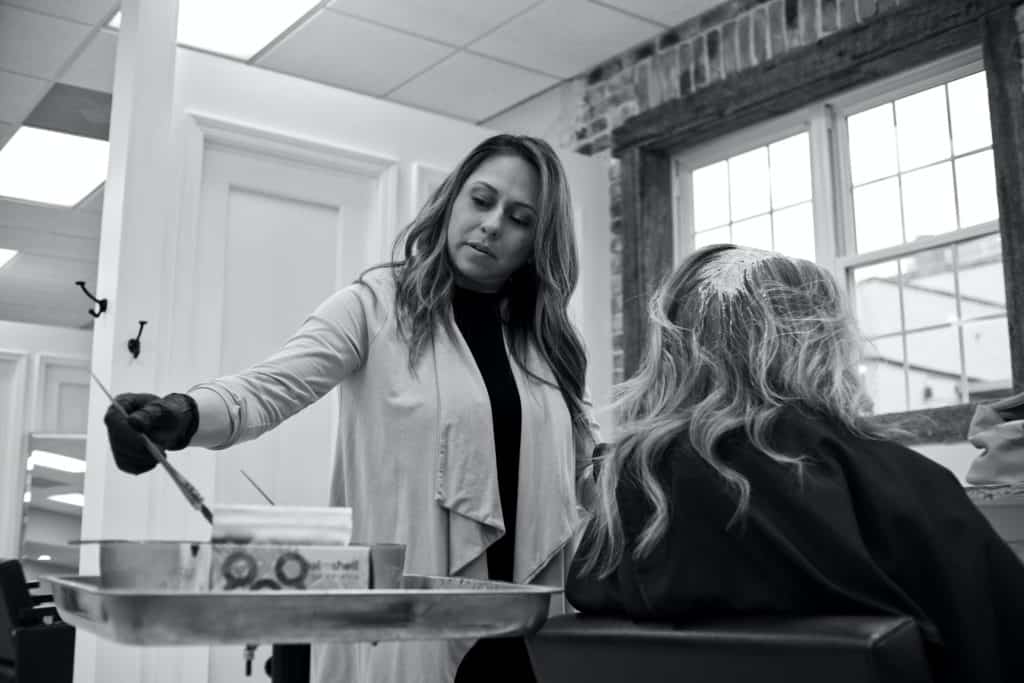
First, it’s important to understand what is meant by “chemical hair straightening”.
Chemical hair straightening typically involves a range of formalin-based products, such as the Brazilian keratin treatment (BKT), which contain amino acids, formaldehyde, and other substances.
These products are designed to help smooth and straighten hair.
What is Formalin?
Formaldehyde is a known carcinogen (a substance that causes cancer). It is also an eye, throat, nose, and skin irritant.
Formaldehyde can be found in many household products, such as glues, lacquers, and paints, and is also used as a preservative in many hair-straightening products.
Does Formalin Cause Cancer?
The answer to this question is not a straightforward one. Although formaldehyde is known to be a carcinogen, studies have not yet been able to clearly establish a link between chemical hair straightening and an increased risk of cancer.
Studies conducted on animals have suggested that formaldehyde exposure is linked to the development of various cancer types, including leukemia, lymphoma, and bladder cancer.
It is important to note, however, that studies conducted on animals do not necessarily translate to a connection in people.
Studies conducted on humans have not been able to conclusively link formaldehyde exposure to an increased risk of cancer.
For instance, a 2010 study conducted in Brazil examined the link between BKT exposure and leukemia risk. The study did not find an increased risk of leukemia in individuals who had received BKT.
In addition, a 2018 review of existing studies on the link between chemical hair straightening and cancer concluded that there wasn’t enough evidence to clearly establish a link between the two. The authors argued that further evidence was needed in order to make an accurate assessment of the potential risks associated with chemical hair straightening treatments.
At present, the evidence around the potential link between chemical hair straightening and cancer is inconclusive.
Can Shampoo Cause Hair Loss? – Toxic Ingredients
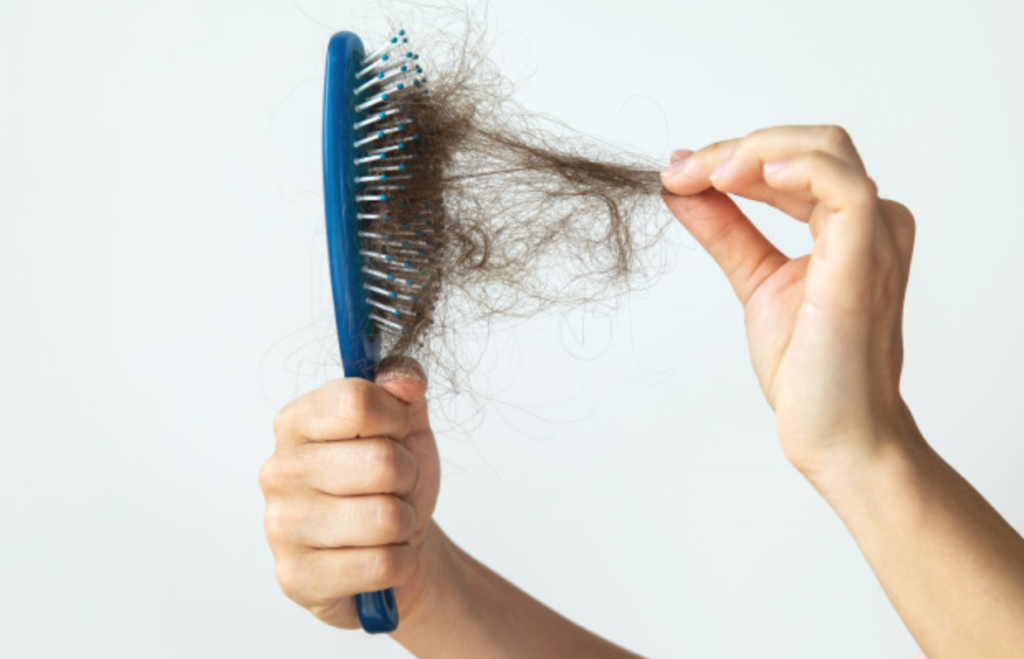
Toxic Ingredients to Avoid in Hair Products
Amongst Formalin ingredients here are other ingredients that studies have shown to have negative side effects to health.
❌ Dimethicone
❌ Cetyl dimethicone
❌ Cetearyl methicone
❌ Dimethiconol
❌ Stearyl dimethicone
❌ DMDM 5-dimethyl hydantoin
❌ 3-dimethylol-5
❌ Sodium lauryl sulfate (SLS)
❌ Diethanolamine
❌ Propylene glycol
❌ Propanol
❌ Isopropanol
❌ Phthalates (a type of artificial fragrance or perfume)
❌ Cyclomethicone
❌ Amodimethicone
❌Trimethylsilylamodimethicone
❌ Cyclopentasiloxane
❌ Formalin
❌ Methylene glycol
❌ Quaternium-15
❌ Ammonium lauryl sulfate (ALS)
To learn more about the lawsuits made about Chemical Hair Straightening products resulting in serious health problems please click here.
Avoiding the Side Effects of Hair Straightening
One of the most common concerns raised by clients is the potential side effects of hair straightening treatments.
Despite its popularity, many people are unaware of the risks associated with hair straightening treatments, and the potentially serious implications of seeking a hair straightening treatment without conducting proper research.
So, as a professional, it is important to be familiar with the side effects and provide information to your clients on how to avoid the side effects of hair straightening and the steps they can take to protect themselves.
When discussing the potential side effects of hair straightening with clients, it is important to emphasize the importance of research. All clients should be informed that they need to do their research before deciding to undertake a hair straightening treatment.
- They should look for reviews from previous customers
- See photos of completed looks after chemical straightening treatments
- And research the training and certifications required from the stylists performing the service
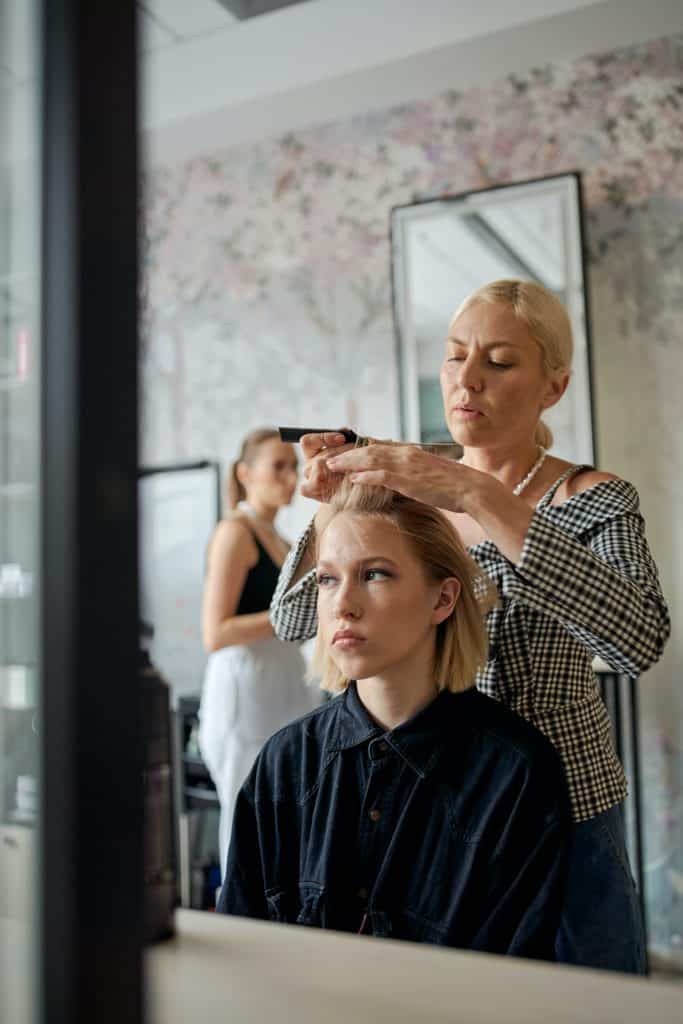
👉 Everyone should also research the types of straightening treatments available in their region and ensure they choose a treatment suitable for their hair type.
👉 Once a suitable treatment has been identified and a stylist has been chosen, it is important for clients to be properly prepared for their upcoming salon visit.
How to Prevent Side Effects of Hair Straightening
Whether the permanent hair straightening treatment requires heat or not, these tips are excellent preventing side effects of all hair straightening techniques.
👏 Before a treatment is administered, the client’s hair should be washed, oiled and 100% dry in order to reduce breakage and allow the heat of the straightening tools to penetrate the hair shaft. 👏
Should I Use Heat Protectant on Wet Hair?
👍 It is important for clients to request that the stylist use lower temperatures and shorter heating time when straightening with a flat iron, as this will minimizing the potential side effects of the treatment.
👌 Once the treatment is complete, it’s essential for clients to properly look after their hair in order to maintain the effects of the treatment.
👉 This should include regular deep conditioning treatments and the use of moisturizing hair products.
👏 Furthermore, clients should avoid wearing tight styles that put unnecessary strain on their hair and take steps to protect their hair from sun damage by using a leave-in conditioner or spray that is formulated to shield hair from UVA and UVB radiation.
As well as the practical steps outlined above, it is important for clients to be aware of the medical conditions that can lead to hair breakage or loss.
Other Side Effects due to Underlying Hair Conditions
Conditions such as alopecia areata and androgenetic alopecia can cause painful hair loss and so clients should seek medical advice and treatment if they think they may be suffering from one of these conditions.
Finally, clients should be encouraged to take regular breaks from hair straightening treatments and allow their hair to return to its natural state.
This will help promote healthy hair growth and reduce the potential side effects of hair straightening.
By following the steps outlined above, clients can minimize the potential side effects of hair straightening and ensure they are making the best decision for their individual hair.
Can Hair Straightening Damage your Hair?
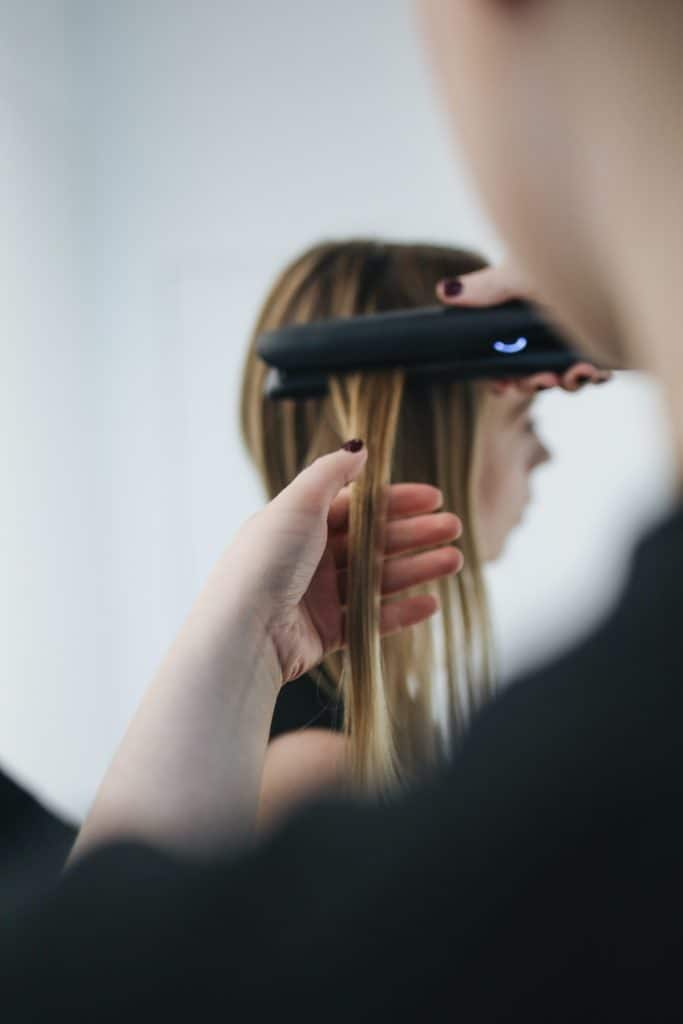
Permanent hair straightening is a process that involves the use of chemical or thermal treatments to permanently transform naturally curly or wavy hair into straight shiny hair. It may sound like the perfect solution for your hair woes, but permanent hair straightening can come with a few serious drawbacks.
As a professional in the field of hairstyling, it is important and necessary to advise clients about the risks associated with Permanent hair Straightening before the service has begun.
From potential scalp irritation to potential hair loss and damage, there are a number of health and aesthetic concerns associated with this process.
To begin, permanent hair straightening schemes that involve the use of chemical and thermal treatments can potentially cause scalp irritation, redness and itchiness. In some cases, it can also cause a chemical burn if the wrong type of chemicals were used during the treatment.
The risk is greatly increased with the use of harsh, abrasive chemicals so it is advisable to seek a professional experienced in this type of service.
Alongside the risk of scalp irritation, there is a major risk of having dry, brittle and lifeless hair after the procedure. This is because the hair goes through a significant transformation from curly to straight.
During this process, the chemical and thermal treatments can strip away the natural oils protect the hair from damage and dryness.
It is important to keep the hair hydrated and nourished in order to prevent damage and hair loss.
Another major risk associated with Permanent Hair Straightening is that it can weaken the hair. The use of strong chemicals can cause the hair to lose its natural elasticity and consequently, become more prone to breakage.
Hair that has undergone the process may also be harder to color or curl as the chemicals used may interfere with the ability of the hair to hold product and styles due to cuticle damage.
Additionally, the risk of hair loss is a real concern for people who have undergone permanent hair straightening treatments. The chemical and thermal treatments can strip away the hair’s natural oils and weaken the hair’s roots making it prone to breakage and hair fall.
All of these risks demonstrate the importance of carefully considering the decision to go through with Permanent Hair Straightening.
Despite the potential frustration associated with having wavy or curly hair, it is important to remember that the health of your hair should always take priority over its appearance. If you decide to go through with the process, make sure to always seek the services of a professional experienced in this type of service.
At the end of the day, it is best to be honest with yourself and consider whether the risks of permanent hair straightening are outweighed by the benefits. If you do decide to take the plunge, make sure to find a professional stylist who you trust and take care of your hair both before and after the procedure.
How to Treat Damage from Permanent Hair Straightening
It’s difficult sometimes to balance between beauty and well being.
And considering the potential consequences of chemical hair straightening when that balance is off.
As a hair professional, your clients often come to you with a specific goal or vision for their hair, so it is your responsibility to ensure they understand the risks and have realistic expectations.
Properly determining the course of action for each individual is paramount, as each person’s hair and body is unique and may respond differently to the same processes.

Here are a few steps that can be taken to treat hair damage from chemical hair straightening:
1. Proper Product Selection and Application
Many clients come to you for chemical hair straightening because they want a smooth and sleek look. Choosing the right product is essential, as the chemicals used will affect the health of the hair. Make sure to use products specifically designed for that purpose, to avoid damage and ensure lasting results.
Also, be sure to follow the product’s instructions as closely as possible. This will minimize the potential for damage and increase the effectiveness of the product.
If unsure of what the best product for a specific client is, consult with another stylist or mentor who is experience and familiar with the different permanent straightening brands, processes, and techniques, who has the training and experience to address individual needs.
2. Hair Preparation and Protection
Prior to chemical hair straightening, hair should be thoroughly washed and treated with a protein-enriched pre-conditioning treatment.
This treatment will ensure the hair is strong and healthy, and less prone to damage during the chemical process. Additionally, it is important to apply a heat protectant aerosol before straightening to further guard against heat damage.
This product will create a barrier between the heat and your clients’ hair, helping to lock in moisture and provide extra protection during styling.
3. Hydration and Care
Chemically straightened hair is more fragile, therefore proper hydration and care must be part of your client’s daily routine.
Once the straightening process is complete it is essential to immediately treat the hair with a repairing and hydrating mask, such as one specifically formulated for chemically treated hair.
This will ensure the hair is strong and soft while providing the necessary hydration. Throughout the day, a light spray or leave-in conditioner may be used to lock-in moisture.
How to Grow Hair Fast – Best Hair Mask for All Hair Types
12 Best Leave in Conditioners for Curly Hair 2023 – Reviewed by a Hairstylist
4. Gentle Styling
Instead of relying on daily heating tools, encourage your clients to use styles that require less manipulation.
These could include protective styles such as –
- Buns
- Ponytails
- Or Braids
All of which are less damaging.
Additionally, methods such as air drying and towel drying can be done, versus blow-drying or straightening the hair with a flat iron.
5. Regular Trims
Regular trims will help keep your client’s hair healthy and looking beautiful. Hair that has been chemically straightened will require more frequent trims due to split ends.
For every 3-4 months, or once per season (Winter, Summer, Spring, and Fall) opt for a “dusting”, which means just snipping off the split ends. This will help minimize overall damage and keep the hair looking healthy.
Do Split Ends Stop Hair Growth?
Overall, it is important to understand the delicate balance between beauty and health when it comes to chemical hair straightening.
Make sure to adequately explain the risks to your clients and emphasize the importance of staying proactive in maintaining hair health.
Take the time to select the right product and use the proper techniques, to maximize results and protect against hair damage. Also, encourage a consistent hydration and protective styling regime, combined with regular trims to keep the hair healthy and strong.
By following these steps, you can help treat hair damage from chemical straightening, and keep your clients looking and feeling their best.
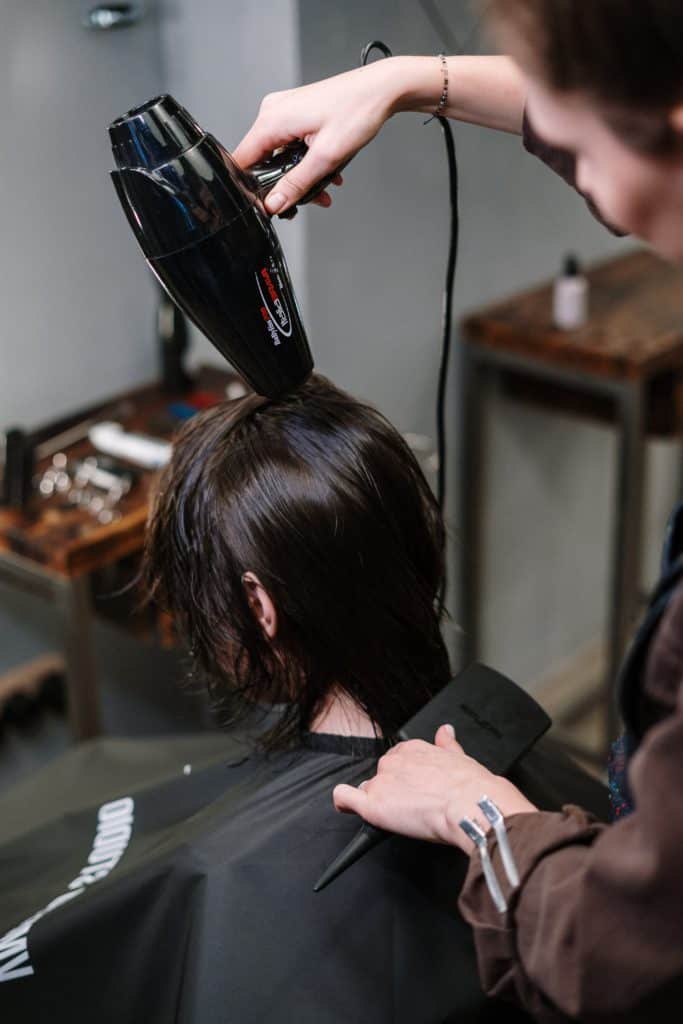
FAQs for Permanent Hair Straightening Side Effects
How Long does Permanent Hair Straightening Last?
If the chemicals worked properly within the hair strand, and permanently altered the bonds changing the shape of the hair it should be permanent until the hair begins to grow again.
Of course, a permanent hair straightening treatment doesn’t change the shape of the follicle, which ultimately decides what texture the hair will grow out of the head.
How to Avoid the Side Effects of Hair Straightening
First suggestion is to avoid permanent straightening at all, but that was not the question…
- Always use a heat protectant before blow drying or straightening the hair with a hot tool
- Never use a curling iron or flat iron on wet or damp hair, it must be 100% dry
- Get trims regularly, this will prevent the split ends to travel up the strand and continue to break
- Regularly use hydrating masks and leave in conditioners to lock in extra moisture
- Style your hair gently, avoid tight buns or braids that will cause a lot of tension on the hair shaft
Can Permanent Hair Straightening Damage your Hair?
Yes, it can. Any kind of harsh chemical treatment or any treatment that requires high temperatures of heat can damage the hair permanently.
Does Hair Straightening Cause Cancer?
The ultimate question… there are studies that lead to believe some ingredients within the chemical straightening products can lead to cancer or other health problems. However there is no hard evidence at this point that the hair process is universally the cause of such health problems.
Which Treatment is Best for Hair Straightening?
As a professional, the best treatment for hair straightening is honestly going to be using a flat iron on medium temperature with a heat protectant spray. This will cause the least amount of damage on the hair, especially if you don’t wash your hair daily and allow the hair to rest from the heat and water for a few days.
Articles Related to Permanent Hair Straightening Side Effects
Keratin Treatment Ruined my Hair! – 10 Tips from a Pro
Is Silicone Free Shampoo Good?
How Does Heat Protectant Work? Do I Need it?
How to Wash Hair to Prevent Hair Loss
Do Spilt Ends Stop Hair Growth?
Is My Hair Healthy? – Quiz to do at home
12 Signs Your Hair IS Growing – Tips from a Pro
Are Satin Pillow Cases Good for Hair? Silk vs Satin for Curly Hair & Skin

